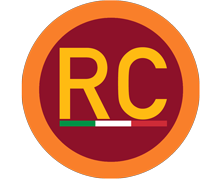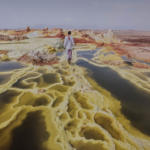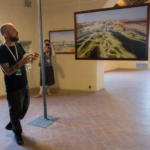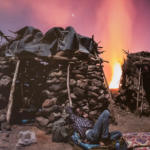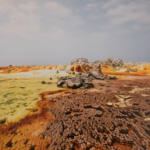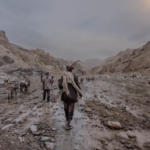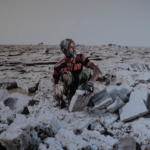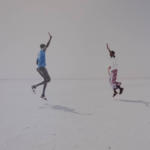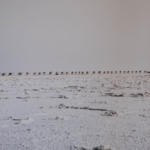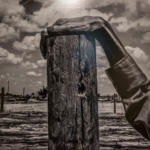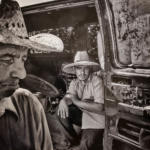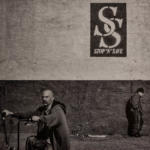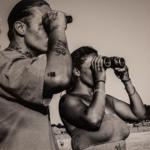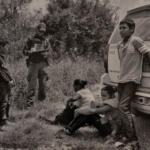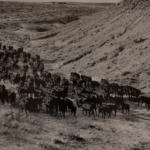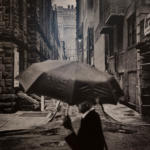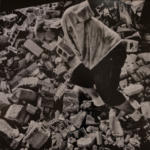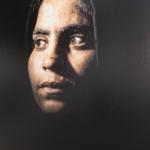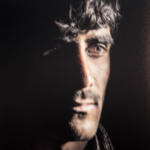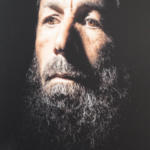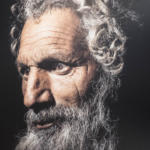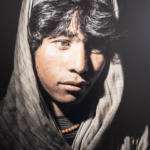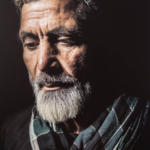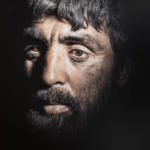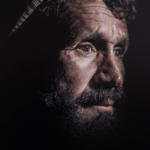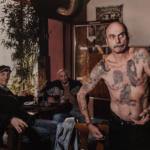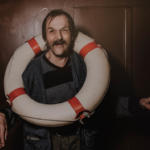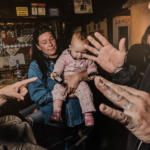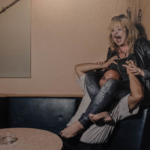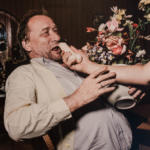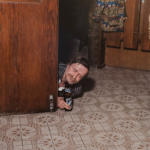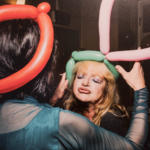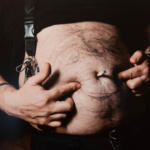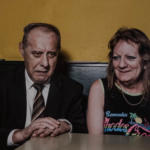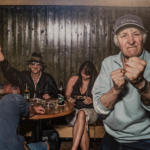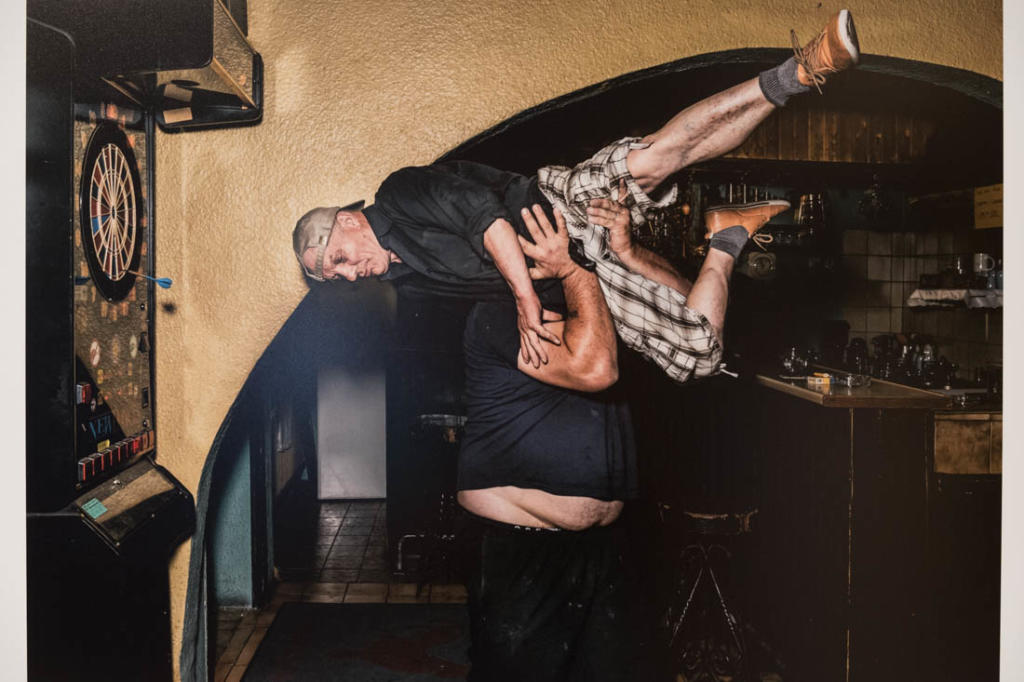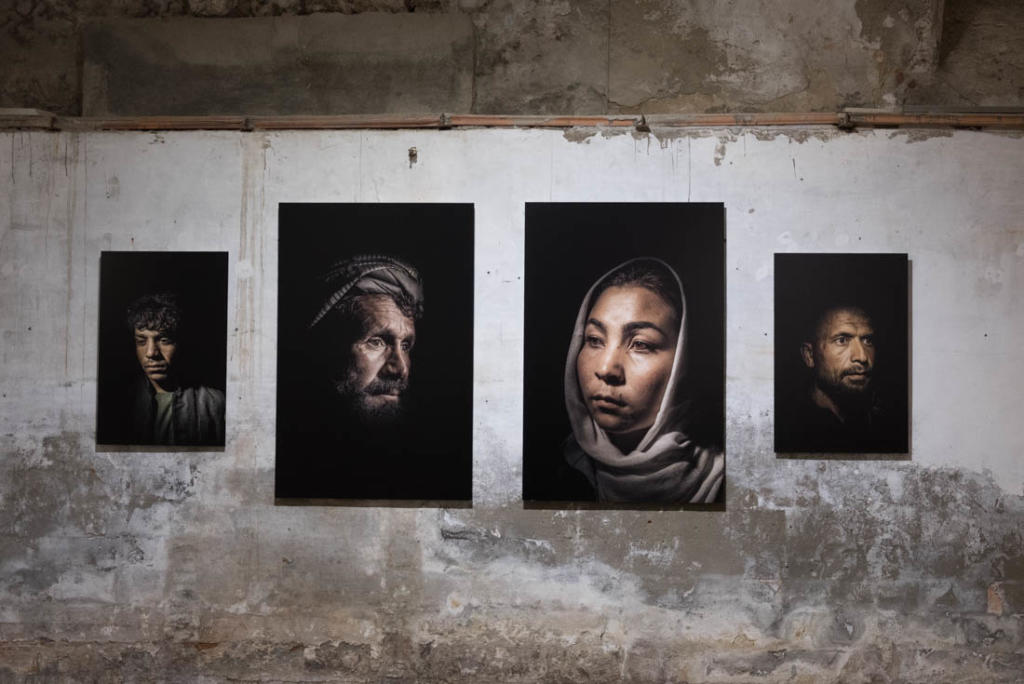 This year Cortona On The Move, at its seventh edition, presented interesting authors and exhibitions.
This year Cortona On The Move, at its seventh edition, presented interesting authors and exhibitions.
Andrea Franzetta of Lecce presented her outstanding work on Dancalia the linking ring of three ever-expanding tectonic plates between Ethiopia, Eritrea and Djibouti. A vision that embraces scenery ranging from paradise to hell with salt lounges, psychedelic lakes and active volcanoes. A landscape that is constantly changing in a land of the most inpatients on the planet in which the Afar live. Here are studies to see how life can be on other planets.
Matt Black presented The Geography of Poverty on American communities with a poverty rate of more than 20%, highlighting the gap between rich and poor growing in the US where over 43 million people have a high per capita income of 10,700 euros and fall into the poverty line.
Adam Ferguson presented The Afghans, portraits of people in Kabul at night with a flash creating caravaggesque settings in a country where, after seventeen years of war, they live in extreme poverty and continuous uncertainty.
Pete Souza presented Obama: An Intimate Portrait, a portrait of President Obama’s daily life with whom he spent 10 to 12 hours a day for five or more days a week for all eight years of his term, Two million photos. Her photos appeared on magazines around the world including National Geographic, Life, Fortune, Newsweek, U.S. News & World Report.
Klaus Pichler with Golden Days Before They End explores and documents those bars and taverns in Vienna, Austria, where time seems to have stopped.
Still, Silvia Amodio with Art of Portrait, Francesco Comello with Salvation Island, Michael Ewert with Wild Memories, Farshid Tighehsaz with From Labyrinth, Simone Donati with Not Only Goal, Antoine Bruy with Outback Mythologies: The White Man’s Hole, Terje Abusdal with Slash & Burn, Miyuki Okuyama Dear Japanese, Sandra Mehl with Ilona and Maddelena, Daniel Castro Garcia with Foreigner, Luis Cobelo with Zurumbático, Justyna Mielnikiewicz with The Meaning of a Nation – Russia and its Neighbors: Georgia and Ukraine , Donald Weber with War Sand and Donna Ferrato with American Woman.
The festival with exhibitions and exhibitions will end on 1 October 2017.
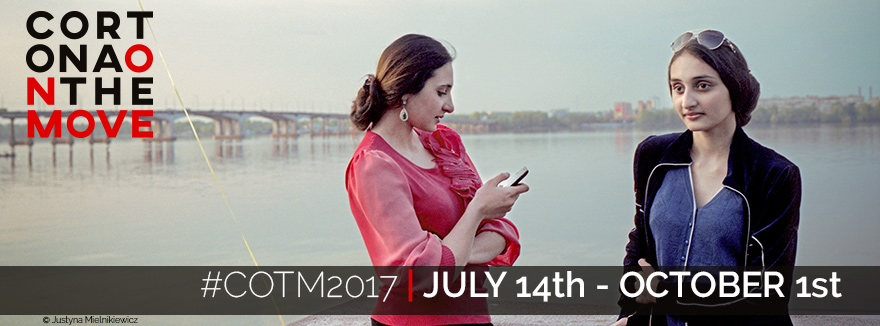 Cortona Photo Festival History
Cortona Photo Festival History
The Cortona On The Move International Photography Festival was born in 2011 from an idea of the ONTHEMOVE Cultural Association.
From the first edition, the works of the most important photographers of the world come to Cortona and thanks to its strong international vocation, the festival attracts the attention of many great professionals in the field.
In the first edition, the festival hosts 16 photographic exhibitions set up in valuable historic buildings, inaccessible and abandoned, which are finally reopened and returned to citizenship and visitors as extraordinary venues for exhibitions.
Since 2012, the artistic direction of the festival is entrusted to Arianna Rinaldo.
In 2013, Time puts the festival in the lead of the ten unforseen appointments. The following year, Donald Winslow, photo journalist and editor of News Photographer Magazine, defines Cortona On The Move as “the best festival in Europe except the world”.
Year after year, the quality and quantity of content increases with the number of visitors.
The festival has become a point of reference not only for professional photographers and amateur photographers, but also for a large national and international audience, among which, increasingly, young college students and colleges.
Cortona: a jewel among the Tuscan hills
Inside its walls of Etruscan origin, from the hill on which stands the town of Cortona embraces the Valdichiana look, up to Lake Trasimeno.
From Piazza della Repubblica, the center of the city overlooking the Palazzo Comunale, opens a maze of roads to be followed by curiosity for small shops of local crafts and local gastronomy, stopping to enjoy a good glass of wine in one of the Many wine shops in the old town.With a short climb you will reach the Fortezza del Girifalco, one of the exhibition venues of Cortona On The Move, and the Sanctuary of Santa Margherita, the patron saint of the city, located at the highest point of the city. Worth a visit is the Diocesan Museum, in which there is a table of the Annunciation by Beato Angelico and, above all, the MAEC, Museo dell’Accademia Etrusca and the City of Cortona, which retains many finds from the different Etruscan areas of the area.
Not far from the walls is the Franciscan Hermitage Le Celle, the first convent built by St. Francis of Assisi in 1211, still inhabited by a small community of friars, where it is possible to visit the little cell of San Francesco, preserved despite numerous interventions Of renovation and expansion over the centuries.
How to reach Cortona
By plane
Florence International Airport to Peretola about 120 Km.
Perugia Sant’Egidio National Airport about 60 km.
Rome Leonardo da Vinci International Airport about 200 Km.
Guglielmo Marconi Airport of Bologna about 220 Km.
On the train
Linea Ferroviaria Firenze / Rome, Stazione di Terontola or Camucia
Perugia Regional Territory Railroad Assisi Terni, Terontola Station
Arriving at the stations is easy to reach Cortona by taxi or bus line.
By car
Exit from the Autostrada del Sole (A1): Casello Valdichiana. Immediately after leaving the exit, take the E45 (Siena-Perugia) junction in the direction of Perugia. Leave the highway at exit Cortona San Lorenzo, which is the second after the toll booth.
By bus
If you arrive by train to the Camucia, Terontola, Arezzo or Castiglion Fiorentino stations you can reach Cortona with the bus service L.F.I ..
The Festival takes place in Cortona from 13 July to 1 October 2017
[codepeople-post-map]
With a medicine degree he has transferred the photographic experience in the medical field with scientific photography and iridology.
The passion for the color in the photo will take him to the medical field to study the use of the wavelengths of light therapy with the publication of specialized texts in general medicine and anti-aging medicine. It comes the passion for aesthetics in medicine and for the visual arts.
He studied computer graphics and web designer at IED in Rome.
He will take part in courses and digital photography workshops and corresponding publisher O’Reilly and Press Photographer of the GNS PRESS.
The same passion is transmitted to the two daughters, Laura and Jade. The first will graduate in photography at IED and will work with the well-known Roman photographer Giampiero Medori in the still-life, devoting himself to freelance sports photography and weddings and then enter in the staff of post advertising production of EDI (Digital Effects Italian). The second will be dedicated to photography and cinematography.
